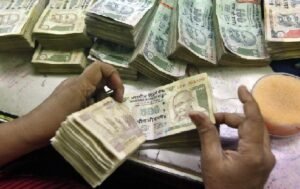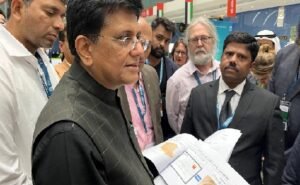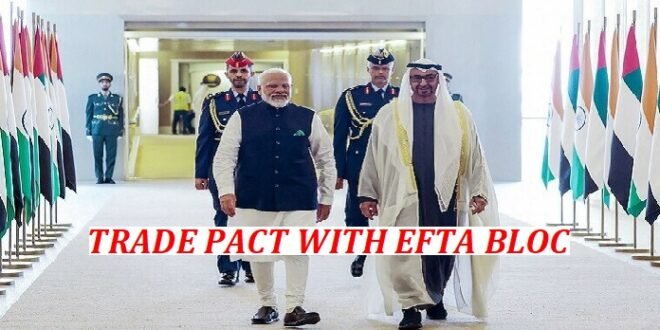03-10-2025
Bureau Report + Agencies
NEW DELHI/ MUMBAI: India’s central bank will cut interest rates on Wednesday, despite the rupee repeatedly making all-time lows, in a bid to priorities growth amid worsening trade tensions with the US, according to three analysts.
 The views of analysts at Capital Economics, Nomura and Emkay Global diverge from the consensus call that the Reserve Bank of India will hold rates unchanged. Three-fourths of those polled expect the key policy rate will be kept steady at 5.50%.
The views of analysts at Capital Economics, Nomura and Emkay Global diverge from the consensus call that the Reserve Bank of India will hold rates unchanged. Three-fourths of those polled expect the key policy rate will be kept steady at 5.50%.
The rupee, which slipped to a record low on Tuesday, is among the worst-performing Asian currencies year-to-date, down 3.7% against the dollar.
Those arguing against a rate cut say the rupee’s weakness could deter the central bank, particularly as Prime Minister Narendra Modi’s growth-supporting measures have reduced the urgency for monetary support.
A rate cut could also narrow interest rate differentials with the US, adding to the pressure on the currency, the analysts say. India’s current account deficit makes it reliant on overseas inflows, leading to authorities guarding against currency weakness.
However, Capital Economics argues that with inflation subdued, US tariffs slowing growth and ample foreign exchange reserves to manage currency volatility, the central bank has room to cut rates to support the broader economy.
“While the weak rupee is a consideration, it is unlikely to constrain the RBI,” it said in a note.
Madhavi Arora, chief economist at Emkay Global Financial Services, says that India’s relative loss of export competitiveness, driven by higher US tariffs and the inclusion of services in the trade dispute, justifies a degree of currency depreciation against peers.
 “Such depreciation would act as a natural stabilizer for a weaker current account deficit, rather than being misread as a rate-easing deterrent,” she said.
“Such depreciation would act as a natural stabilizer for a weaker current account deficit, rather than being misread as a rate-easing deterrent,” she said.
Sonal Varma, managing director and chief economist at Nomura, says that a rate cut is warranted as inflation remains well below target, and as negative effects of US tariffs are likely to outweigh the consumption boost from the recent goods and services tax cuts.
Meanwhile, India’s trade pact with four European nations, including Switzerland and Norway, will take effect from Wednesday, boosting exports of textiles, leather and food products while attracting investments, a government statement said.
Under the Trade and Economic Partnership Agreement, opens new tab, signed last March after nearly 16 years of negotiations, the European Free Trade Association comprising Switzerland, Norway, Iceland and Liechtenstein will cut tariffs on 92.2% of tariff lines for India, while New Delhi will offer concessions on 82.7% of tariff lines covering 95.3% of EFTA exports.
With a population of 13 million and combined GDP of more than $1 trillion, the EFTA nations are the world’s ninth largest merchandise trader and it’s fifth largest in commercial services.
The deal comes as Prime Minister Narendra Modi pursues a trade pact with the European Union and seeks an agreement with the US, after President Donald Trump doubled tariffs on Indian goods up to 50% from August 27 over Russian oil purchases. The agreement with EFTA goes beyond goods and services, aiming to attract foreign direct investments in India of $100 billion over 15 years and to create one million jobs, the commerce ministry said.
India has protected its sensitive sectors such as dairy, soya, coal and sensitive agricultural products.
 Pressmediaofindia
Pressmediaofindia




